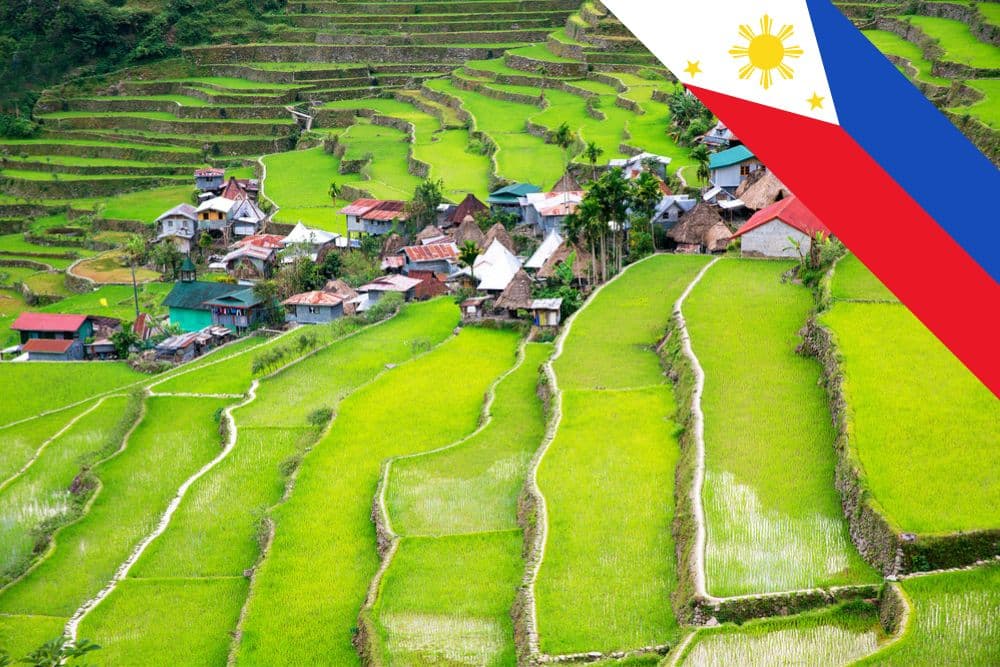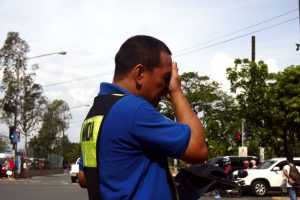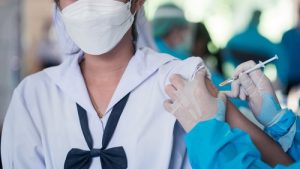The Department of Health (DOH) is taking proactive steps to address concerns raised by the World Health Organization (WHO) Western Pacific Region regarding the lack of access to essential health services in the region.
DOH Secretary Teddy Herbosa highlighted the agency’s ongoing projects to improve healthcare access. He is focusing on geographically isolated and disadvantaged areas (GIDAs).
Identifying Key Challenges: GIDAs
During a media forum at the Health Emergency Management Bureau Office in Manila, Secretary Herbosa emphasised the challenges faced in GIDAs, where essential health services are often lacking. These areas represent a significant portion of underserved communities in the Philippines, requiring targeted interventions to bridge healthcare gaps.
Filling Healthcare Gaps
Secretary Herbosa outlined several initiatives spearheaded by the DOH to address healthcare disparities:
- Doctor to the Barrios (DTTB) Program:
The DTTB program aims to deploy medical practitioners to all municipalities, particularly in GIDAs, where healthcare professionals are scarce. The DOH is actively recruiting and compensating doctors to ensure comprehensive healthcare coverage nationwide. Moreover, the program emphasises community engagement and preventive healthcare measures to address the root causes of health disparities.
- Bagong Urgent Care and Ambulatory Service (BUCAS):
The BUCAS initiative focuses on establishing new healthcare facilities in underserved areas, particularly urgent care and ambulatory services. By expanding infrastructure, the DOH aims to improve accessibility and reduce barriers to healthcare services. These facilities will provide timely and efficient medical care. It will address the immediate healthcare needs of residents in GIDAs and remote communities.
- PhilHealth Benefit Packages Enhancement:
In addition to infrastructure development, the DOH is enhancing benefit packages offered by PhilHealth, the national health insurance program. By increasing coverage and benefits, the agency aims to alleviate the financial burdens associated with healthcare expenses. Enhanced PhilHealth benefits will enable more individuals, especially those from marginalised communities, to access quality healthcare services without financial hardship.
Addressing WHO Concerns
The WHO Western Pacific Region recently expressed concerns over the lack of access to essential health services, highlighting significant gaps in healthcare coverage. Dr. Saia Ma’u Piukala, Director of the WHO Western Pacific Region, noted that millions in the region still lack access to vital healthcare services, highlighting the urgency of addressing this issue.
Challenges of Access to GIDAs
The WHO also highlighted individuals’ financial challenges in accessing healthcare services, with many experiencing catastrophic healthcare spending. One in five people in the Western Pacific Region spends 10 percent or more of their income on out-of-pocket health expenses. This is a significant burden for the most vulnerable populations.
Collaborative Efforts and International Partnerships
To tackle these challenges comprehensively, the DOH collaborates with international organisations, local governments, and other stakeholders. By leveraging partnerships and sharing best practices, the agency aims to maximise the impact of its initiatives and ensure sustainable improvements in healthcare access and affordability. Moreover, the DOH actively engages with community leaders, civil society organisations, and grassroots stakeholders to promote community participation and ownership of healthcare initiatives.
Conclusion
The DOH’s initiatives underscore the Philippine government’s commitment to addressing healthcare disparities and ensuring equitable access to essential health services. By prioritising GIDAs and implementing targeted programs, the DOH aims to improve healthcare outcomes. They also hope to alleviate the financial burden on vulnerable populations. Collaboration with international organisations like the WHO further strengthens efforts to address global health challenges and promote health equity for all Filipinos. Through sustained efforts and collective action, the Philippines is moving closer to achieving universal health coverage and fulfilling the right to health for all its citizens.














